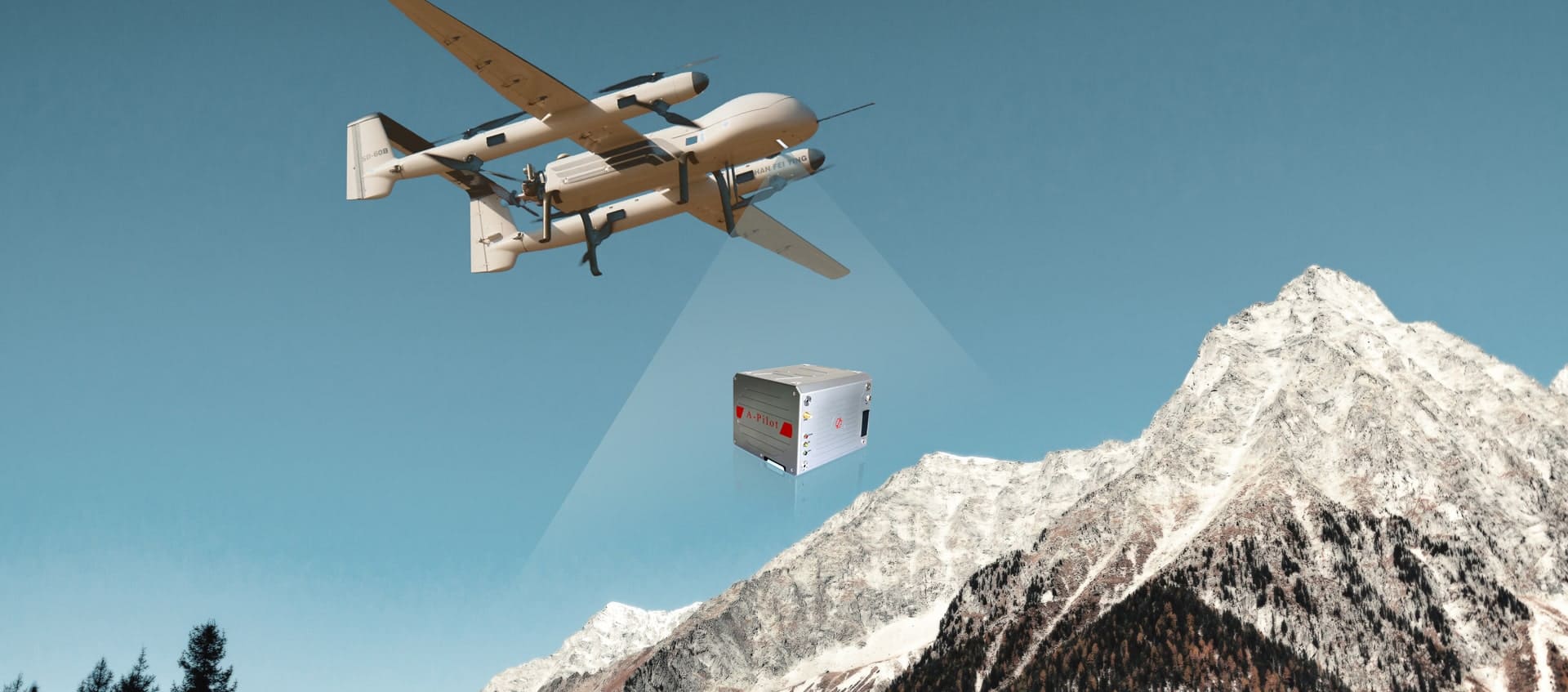Everyone in the mixed surveying and mapping circle must know Lidar, so do you know "Handheld Lidar"?
It weighs only 1.3Kg, it has an industrial protection level of IP54, and it can complete three-dimensional scanning operations of thousands of square meters in a few minutes.
Hand-held 3D scanning equipment is becoming more and more prosperous, spurring the emergence of new outlets for lidar in the future in addition to car navigation and airborne surveying and mapping. The hand-held lidar with excellent performance and compact size can help people better explore the real three-dimensional and digital twin scenes, which can be called the "Maliang Magic Pen" in the digital age.
Growing market share
In addition to industrial surveys, there are many more scenes of 3D scanning. When each underground garage is completed and accepted, it needs to use 3D scanning technology to obtain the overall information of the underground space; poles, towers and building curtain walls also need 3D scanning to determine the specific construction plan and master structural materials during the construction and maintenance process. The actual situation; even in the protection and restoration of cultural relics and historic sites, you can see the figure of the three-dimensional scanning.
The market space of 3D scanning equipment is increasing with the diversification of application scenarios. IDC predicts that global shipments of 3D scanners will exceed 273 million units in 2022, and the total market value will approach US$1.8 billion. Among them, the market share of handheld 3D scanners is increasing. It is estimated that the shipment of handheld devices will reach 45% of the total by 2022, which is only 10% lower than the sum of all other types of 3D scanners.

The rapid growth of the handheld 3D scanning equipment market is mainly due to the continuous expansion of the application range, which makes the traditional site-based 3D scanners need to change stations frequently. Although the vehicle-mounted and backpack-mounted devices have a certain degree of mobility, they still It is not well accessible to small, crowded, underground, pipelines and other venues, and the price is very high.
In underground space scanning, forestry investigation, garden surveying and mapping, outdoor modeling and surveying, handheld 3D scanning devices are becoming more and more popular. This is not only affected by the overall trend of portability of terminal equipment, but fundamentally speaking, because the handheld 3D scanning equipment is truly free from site restrictions and can enter almost all types of work areas for scanning and mapping, which satisfies the greatest degree of satisfaction. "Use" is the most basic and important requirement.
Solve the "last mile problem" of lidar
The continuous expansion of the scope of application has made people inside and outside the industry very optimistic about the market prospects of handheld 3D scanners. While the discussion on related topics continues to rise, enterprises and users in various fields are always thinking about a question: what kind of handheld 3D scanning device is better
From the perspective of application technology, there are currently two mainstream handheld 3D scanning devices on the market: one is a handheld structured light 3D scanner, and the other is a handheld 3D laser scanner, which we can also call a handheld lidar.
The structured light 3D scanner uses a stable light source to project the pattern onto the object for scanning, and observe the shape change of the pattern according to the deviation of the projection angle to calculate the distance of each point in the field of view. Its advantage lies in the use of light as the scanning medium, fast scanning speed, large scanning area and high scanning accuracy. But also because of the scanning medium, the structured light scanner is very sensitive to the lighting conditions in the working environment, and it is difficult to work in the daytime outdoor environment.
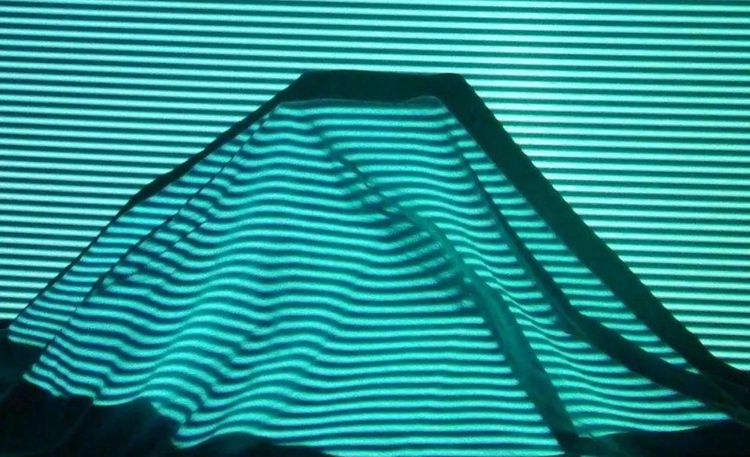
Structured light determines position information by changing the shape of the projection pattern
The working principle of lidar is to emit and receive high-frequency lasers, and use a point cloud composed of a large amount of acquired position point information to perform three-dimensional modeling, so as to obtain information such as the position and contour of the object in the field of view. Because it emits and receives high-frequency lasers, it is extremely sensitive to external lighting conditions, makes Lidar not only like a structured light three-dimensional scanning device, but also has advantages in scanning speed, area, and accuracy, and it also performs extremely well in terms of environmental adaptability.
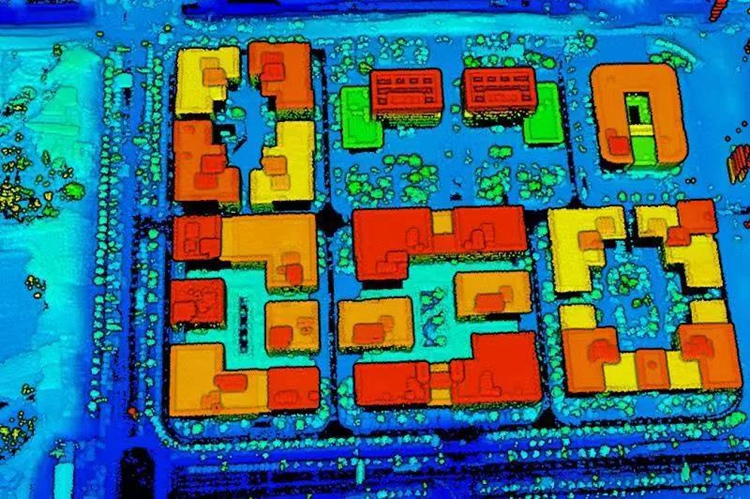
For a long time, lidar has played an irreplaceable role in surveying, mapping and navigation. With its excellent detection performance, lidar has always been expanding its industrial integration boundary. Hand-held lidar with portable characteristics has solved the "last mile problem" of lidar, allowing the application range of lidar to be expanded again.
However, handheld lidar is not a very new concept product. Although such products have first appeared on the market many years ago, for a long period of time in the past, similar to other types of lidar products, handheld lidar products tend to be Only two of them can be satisfied.
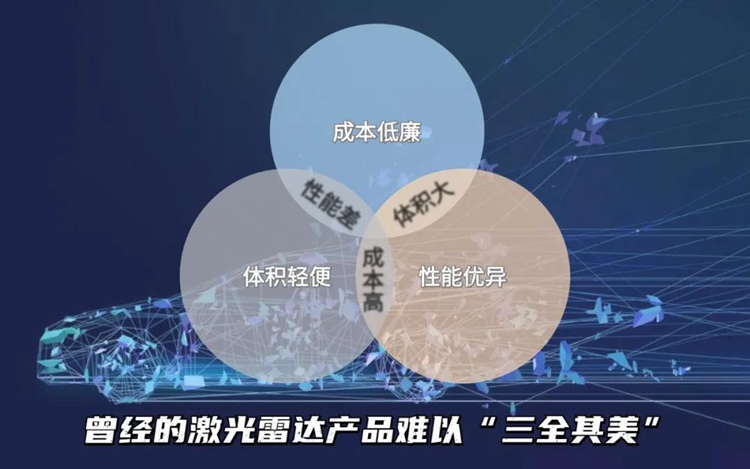
In recent years, driven by technological progress, while benefiting from the increase in demand, the R&D costs of precision optical components in the lidar have been effectively allocated. The lidar has continued to lose weight, and the cost has dropped again and again. Hand-held lidar products have also benefited from the overall evolutionary breakthrough of lidar products, and more and more market applications.
The number of players on the track has also begun to increase. In addition to manufacturers of industrial vision equipment, Surestar has been deeply involved in the field of lidar for many years, and established powerful manufacturers with deep accumulation in the direction of airborne and vehicle lidar have also successively released their own Researched handheld lidar products. Hand-held lidar has become a subdivision battlefield of lidar.
The "Ma Liang Magic Pen" in the Digital Age
The hand-held lidar with excellent performance and compact size can help people better explore the real three-dimensional and digital twin scenes. It can be called the "Maliang Magic Pen" in the digital age.
Take the handheld 3D laser scanner-"StarScan" released by Surestar not long ago:

"StarScan" handheld 3D laser scanner
It came from a famous family. As the earliest domestic enterprise engaged in lidar research and development, Surestar is also the only domestic enterprise that has been deeply engaged in navigation and surveying lidar for many years. In the more than ten years since the establishment of the enterprise, it has not only accumulated a large number of patents and technical achievements in the lidar field, won many national science and technology awards, and also created many high-quality lidar products with excellent performance, and has rich experience in lidar product research and development.
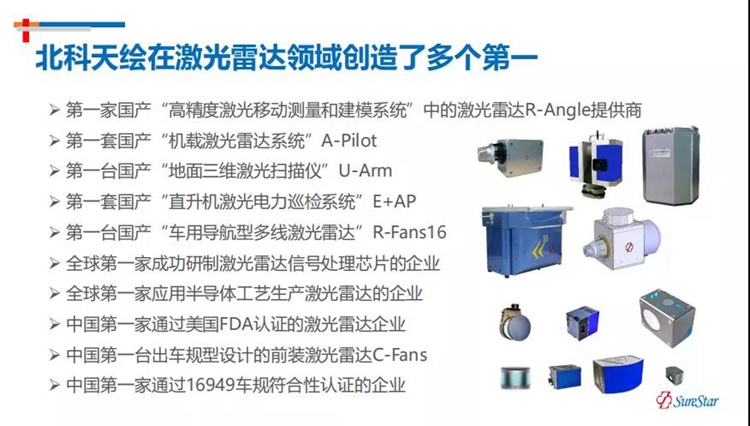
It has high martial arts. As a hand-held lidar independently developed by Beiketianhui, the "StarScan" fully demonstrates Beiketianhui's profound knowledge in the field of laser radar. With a scanning speed of 320,000 points per second and a 360° omni-directional field of view without dead angles, the "scout" can complete the data collection and processing of a 5000m² work area in less than 10 minutes.
The 200m core 3D ranging and centimeter-level data accuracy enable "StarScan" to acquire large-scale, high-precision and high-density 3D spatial information in underground space scanning, forestry surveys, garden surveying and mapping, outdoor modeling and surveying and other scenes. Ability to perfectly meet the scanning and mapping needs in the above scenes.
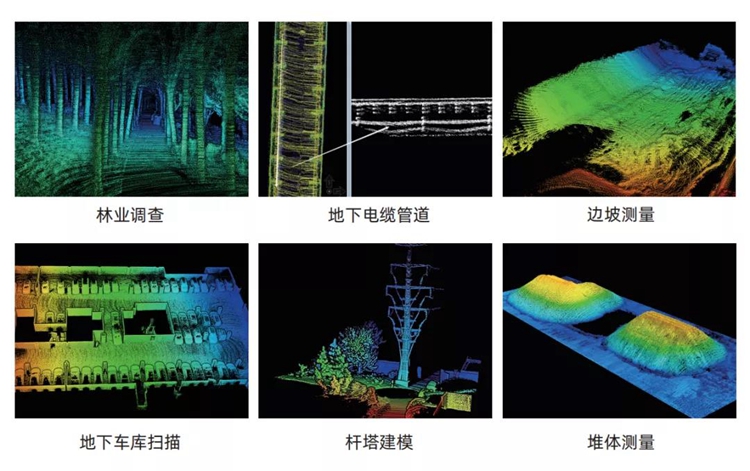
It bears hardships and stands hard work. The "StarScan" has IP54 dust and water resistance, and can operate normally in special environments such as light rain, heavy fog, and seaside. In the absence of GPS signals, the "StarScan" can also accurately match the point cloud with its new high-precision SLAM algorithm to complete the operation.
Today, when the real-life 3D digital twin scenes are extremely rich, the future of hand-held lidars will surely usher in the explosive growth of subdivision tracks, just like the current car lidar and the airborne lidar of the past.
Although in the short term, its market size cannot compete with the two "predecessors" track, as the digital flood continues to spread to every corner of society, in the long run, the application range of handheld lidar There will be "infinite" expansion, and the future prospects will be extremely bright.

